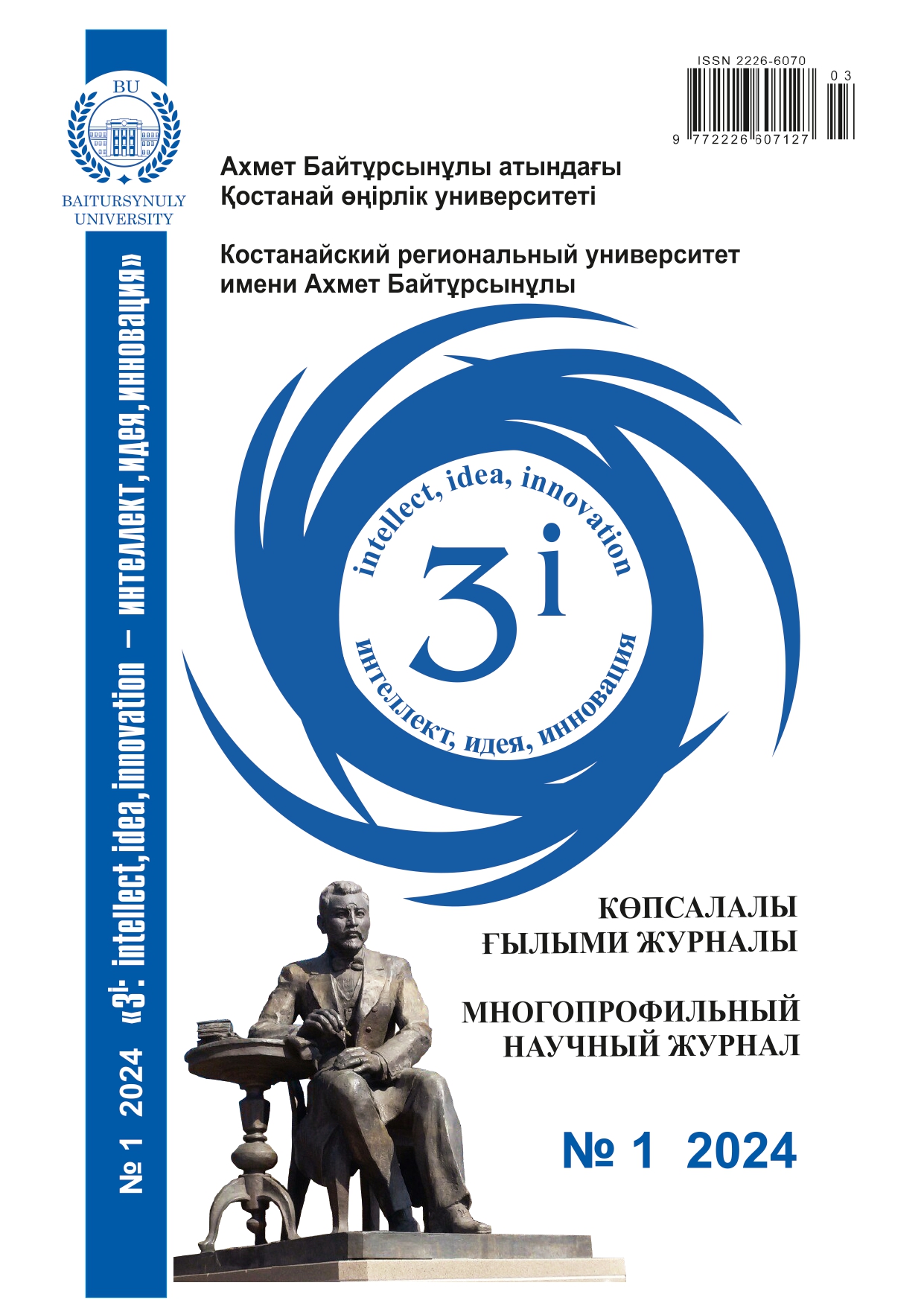THE EFFECT OF WATER DEFICIENCY ON THE PRODUCTION PROCESS OF MISCANTHUS (MISCANTHUS SPP.)
DOI:
https://doi.org/10.52269/22266070_2024_1_20Keywords:
miscanthus, energy crops, biomass, drought, water consumption efficiency, water-retaining capacity, photosynthetic gas exchangeAbstract
The article discusses the main physiological features of the formation of productivity elements of three species of miscanthus (Giganteus, Sinensis and Sacchariflorus) in drought conditions. The aim of the study is the comprehensive characterization of the responses of three miscanthus species under conditions of water deficit in order to identify potential mechanisms of drought resistance of this crop and assess the possibility of its cultivation in a more arid climate. The objectives of the study included assessing the level of biomass accumulation by miscanthus plants under normal and drought conditions, determining growth indicators and indicators of functional activity, as well as evaluating indicators of the aquatic regime of miscanthus plants.
The results obtained indicate the presence of a wide species-specificity of the responses of miscanthus plants to water deficiency. In the case of prolonged drought, the relative growth rate of all miscanthus species decreases. In Miscanthus sacchariflorus drought leads to the decrease in photosynthesis productivity, but the efficiency of water consumption in these plants remained at the plant level in conditions of normal water supply. Miscanthus giganteus and especially miscanthus sinansis have found a wider range of reactions to drought, which includes not only maintaining photosynthetic productivity, but also optimizing it, as well as increasing the efficiency of water utilization. In the miscanthus of the studied species, two strategies for adaptation to conditions of draught were confirmed - the preservation and maintenance of vital processes in conditions of water deficit, along with the presence of mechanisms that optimize the efficiency of water consumption.




